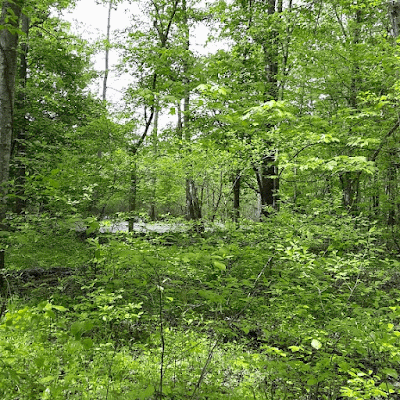Not far from Seattle, North Cascades is a remote jewel. My trip to the Stehekin valley required a four-hour boat trip up 55 miles of Lake Chelan. North Cascades boasts the most number of glaciers in the contiguous U.S., but even these are disappearing at an alarming rate.
Meltwater from glaciers and snowfields produces a myriad of cascading creeks, streams, and waterfalls that supply the park with its namesake.
The trip focused on two multi-day backpacking itineraries. The first was along the South Fork Agnes Creek Trail to the Suiattle Pass and back.
This first portion of the trip followed part of the Pacific Crest Trail (PCT) through the Glacier Peaks Wilderness managed by the U.S. Forest Service. Numerous PCT "through-hikers" put me to shame. Most of these hikers were younger than I by 15-20 years. More like elves than humans, I'm not sure their feet were even touching the ground. Having started the 2,659-mile PCT in Mexico in spring and traveling 25-35 miles a day, the through-hikers I met were less than 90 miles from their final goal in Canada. I was content to hike my forty miles in four days.
The second itinerary was to the Park Creek Pass and back. Since the PCT veers northeast, this portion was much quieter. On this trip, I covered thirty-five miles in three days. The most difficult part was the 1,000-ft rise in one mile from Park Creek Camp to Two Mile Camp. But the challenge was worth it. Majestic views of Mount Booker and Mount Buckner encouraged me to press on to the pass.
The alpine meadow just south of Park Creek Pass was especially lovely and worthy of a root beer barrel stop. Like a prairie, pictures cannot convey the intimate quiet beauty of a meadow. The surrounding mountains, however, provide a mighty frame for the high altitude fields with colorful alpine wildflowers.
After enduring challenges on the trail, the little village of Stehekin provided many comforts. With views of beautiful Lake Chelan, rooms at the North Cascade Lodge were very comfortable. Karl Gaskill sells fresh organic vegetables and homestyle goat cheese at The Garden. High marks go to the Stehekin Pastry Company, which specializes in homemade cinnamon rolls and sticky buns, filled savory croissants, breads and cookies, and my personal favorite - Robbie Courtney's special "egg-in-a-biscuit." Stehekin means "way through" but to me, it means rest and relaxation.










